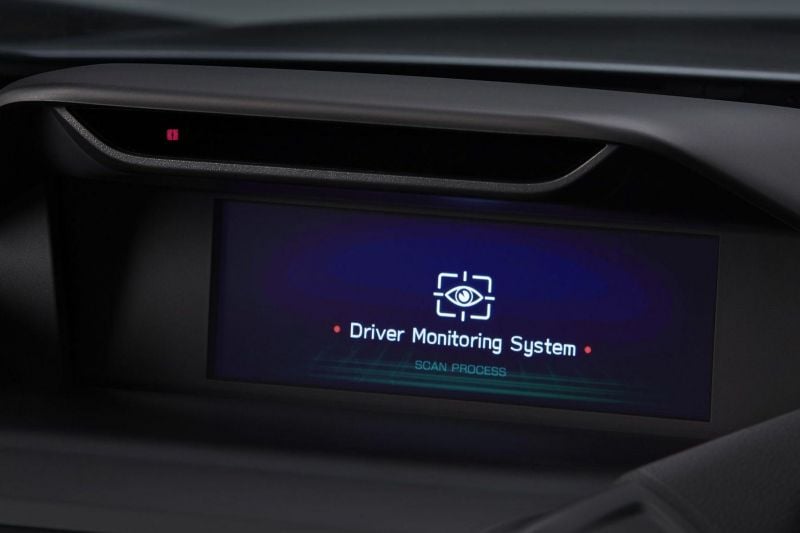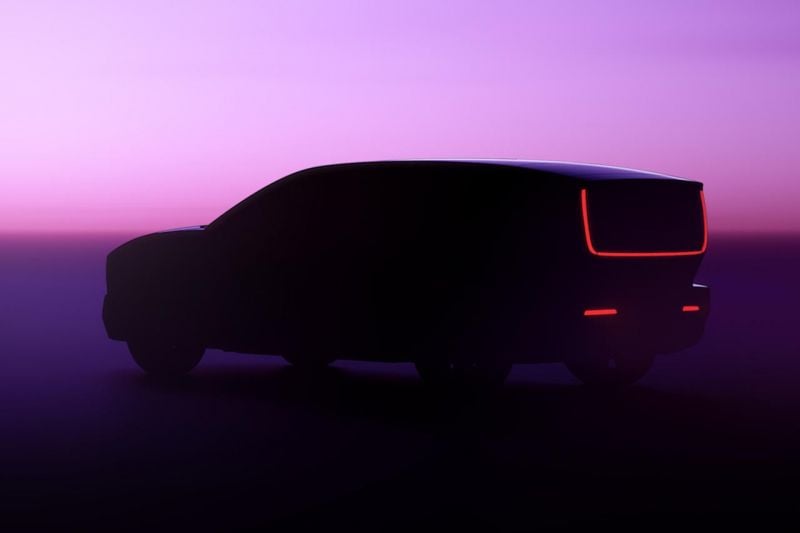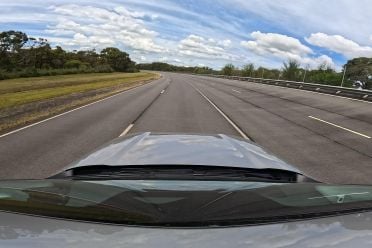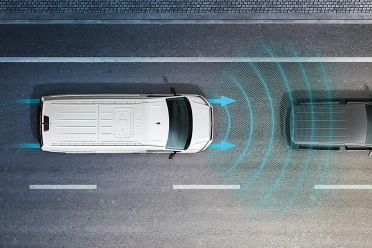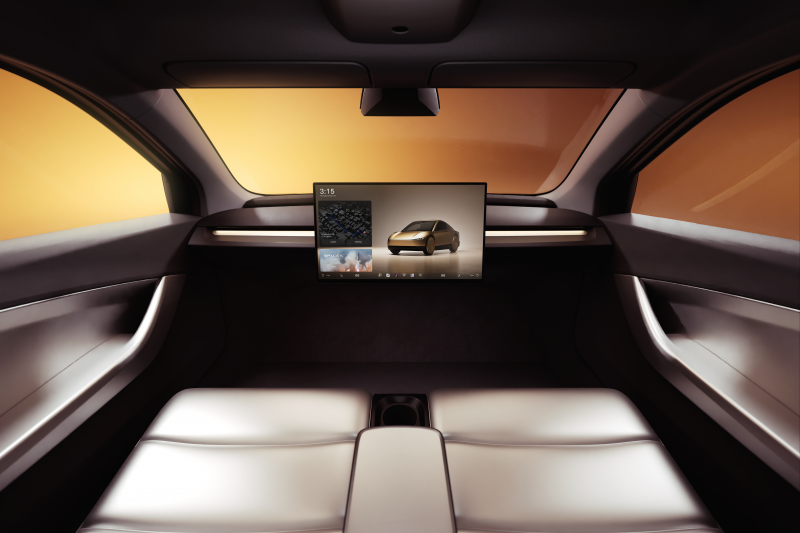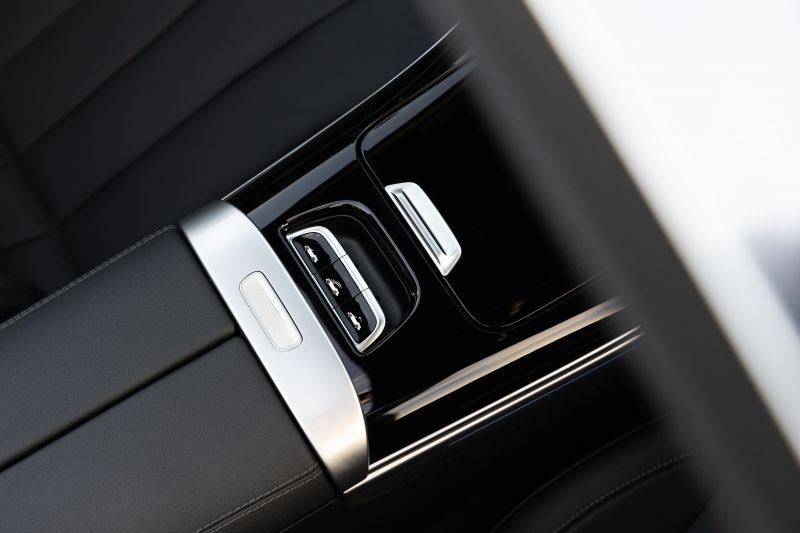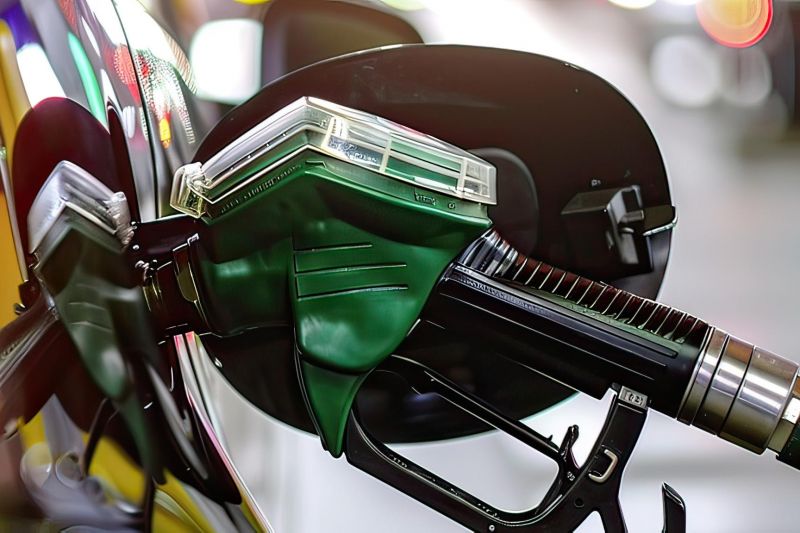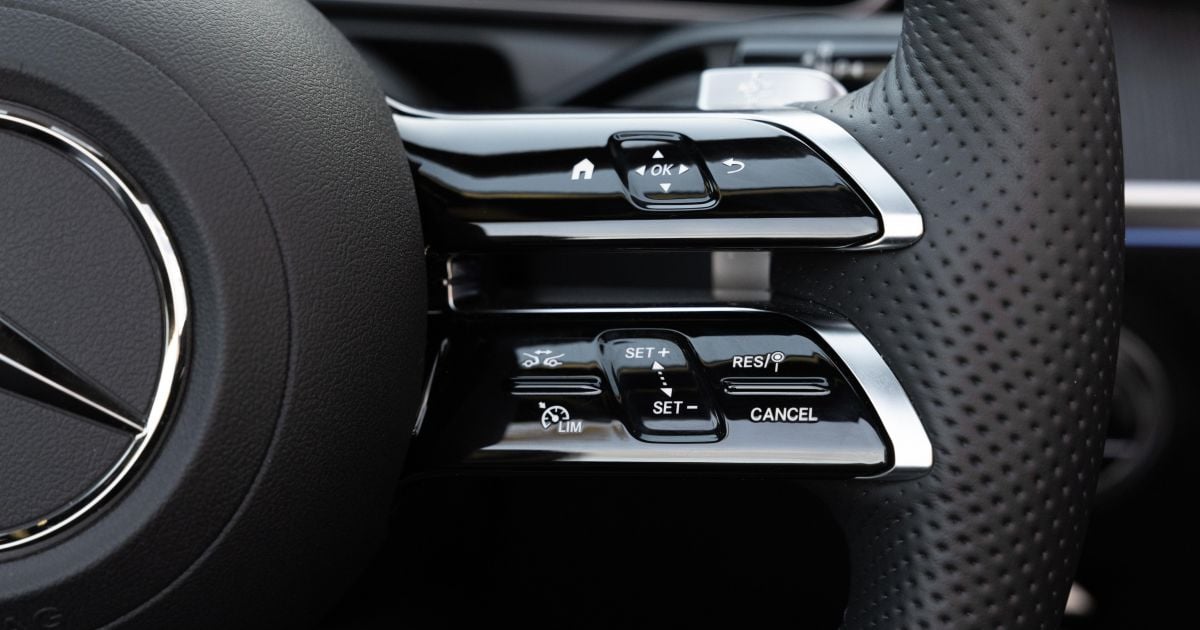
Trends come in waves, eras even.
In the automotive world many manufacturers end up habitually copying each other or daring to be extremely different – both scenarios can result in annoying trends that irk consumers and journalists alike.
Here are some of the trends the CarExpert team would like to leave in 2024…
William Stopford: Not getting the price right from the beginning
Look, it’s a free market. Companies have every right to reduce prices, and it’s good business sense to lower pricing if demand doesn’t meet expectations.
However, we’ve now seen so many brands – particularly with electric vehicles – slash pricing significantly after launching a new vehicle or, even worse, announce multiple price cuts.
The end result of this is your early adopters, who may well be loyal to the brand, are left feeling like schmucks as subsequent buyers get a tasty discount while resale value takes a hit.
Get the pricing right to begin with, carmakers. If, for example, you plan to bring a new EV and price it higher than a Tesla Model Y, stop and strongly consider whether buyers will think it’s worth the premium before you announce pricing (and subsequently announce price cuts).
Jordan Mulach: Provisional drivers with stupidly loud exhausts
This is a tough one. I wouldn’t call annoying vehicle safety systems a trend, but some brands have gone overboard trying to meet various overseas standards, making for a frustrating driving experience.
However, if I had to pick one trend I wanted to see die, I’d say P-platers putting obnoxiously loud exhausts on cars with no performance credentials to back it up.
I get it – you can’t buy a V8 or anything exciting, but that doesn’t mean we all have to suffer while you drive past in your straight-piped Commodore. Just stop it.
See also: pop-crackle tunes on four-cylinder cars.
Marton Pettendy: Over-exuberant driver aids
These are supposed to improve safety, but many of them do the exact opposite.
Some of the lane keeping and centring functions in some Chinese models in particular are so badly calibrated they make driving a chore for experienced drivers, and downright frightening for unconfident ones.
I understand the requirements and benefits of such systems in new cars, and when done right I know how much safer and more convenient they can make driving. And I understand if they’re fitted in a car, the need to default to on as standard.
I also appreciate the fact some carmakers like GWM are actually investing significant resources to rectify badly calibrated systems in real-world Australian conditions.
But we have to draw the line on poorly calibrated lane assist systems that make driving more dangerous, and call out the increasing number of carmakers that treat Aussies as beta prototype-testing guinea pigs before exporting their wares to more profitable markets.
And don’t even start me on the infuriating attention monitoring systems that bing and bong incessantly every time you look sideways in a mirror, leading to the type of distraction they’re supposed to minimise.
Jack Quick: Full-width light bars
I can’t tell you how sick I am of seeing new car after new car that’s fitted with the same full-width LED light bar front and rear. It was such a cool-looking feature a few years ago, but now it looks downright derivative.
Sure there are some models that add some drama in the way of unlocking and locking animations, but ultimately there’s only so much you can do.
I’d love to see carmakers, especially upcoming Chinese ones, venture out and explore new creative designs in the lighting realm, because copying each other doesn’t move the game forward.
Josh Nevett: Unsafe safety systems
I’m probably asking for too much here, but the evolution of safety systems in modern cars is heading into dangerous territory – quite literally.
Road safety has always been one of the most important issues facing the automotive industry. After all, it’s a matter of life and death, and you only have to look at Australia’s ever-rising road toll to see that there’s more work to be done now than ever.
But encouraging the rollout of half-baked advanced driver assist systems (ADAS) isn’t the answer. Assessment bodies have done just that, and it’s new car buyers who are suffering as a result.
Countless cars I’ve reviewed this year have been equipped with driver monitoring systems that do little more than distract you, while traffic sign recognition remains a familiarly flawed technology.
When executed well, these systems have the potential to make our roads safer. But assessors shouldn’t treat ADAS as a series of boxes to check or cross – it’s more nuanced than that.
Just because a car features the full suite of safety assists, it doesn’t mean they’re effective. Motorists have had enough of unwelcome beeps and bongs, and my hope is that manufacturers and safety bodies alike endeavour to address the issue in 2025.
Max Davies: Touchscreen and haptic-only interiors
This has to be one of the most common gripes in new cars, and to dust off a cliche I’ll say they should really make things the way they used to.
The only reason I say that is because I have never heard anyone say: “Wow, I really love the way all my basic functions can only be accessed by pressing three vague touchscreen shortcuts first!” Of course it’s done to save manufacturers money, but come on.
Not all brands are guilty of this, so it’d be unfair to generalise. The ones that are guilty are known offenders, and in pretty much every case it just makes things unnecessarily cumbersome – not to mention potentially dangerous.
We’re always – rightfully – told to not use our phones when driving, but in many new cars the time it takes to find the touchscreen button that opens the climate control menu is surprisingly similar to unlocking your phone and looking for a specific app that isn’t on your home screen.
In both cases it’s time spent with your eyes away from the road ahead. Physical buttons are good because they’re things you can touch and feel, which means their location becomes muscle memory much quicker.
Then there are haptic controls, which are simply annoying. Sure, they have dedicated places and are often embellished with indents and bumps for easy locating, but they’re deeply unsatisfying to use and can often be inconsistent.
Not to mention their placement on gloss black plastic or glass means they get covered in fingerprints and smudges, which just looks gross. Less minimalism, less cost-saving, and more usability… please.
Paul Maric: Piano black
I say this every year… every month it almost feels. But piano black is done.
I don’t know if any car designers have ever owned a car with piano black inside for longer than 10 minutes.
If they had, they’d realise it marks and scratches almost without fail. It’s so bizarre that they insist on using it in this day and age.
Please, make it end.
James Wong: Aversion to change
Carmakers and consumers need to stop resisting progress and advancement – I don’t care if people are scared of AdBlue, don’t see the value in mild-hybrids, or think electric is the only way.
Climate change and the drying up of fossil fuel resources is a problem facing everyone, and we need a measured and progressive approach to emissions reduction for all Australians, not the privileged few able to afford it.
With the Federal Government’s New Vehicle Efficiency Standard (NVES) coming into effect from January 1, 2025, and punitive measures going live on July 1, 2025, Australia’s lawmakers have finally come to the table with a form of framework that will hopefully see us moving in the same direction as other developed markets across the globe.
Still, we could move faster. Cleaner fuel, more timely implementation of Euro 6 emissions standards (we’re still on Euro 5 from over a decade ago), and better consumer education around new powertrain technologies will all have a part to play with getting Australia up to speed with the rest of the world.



